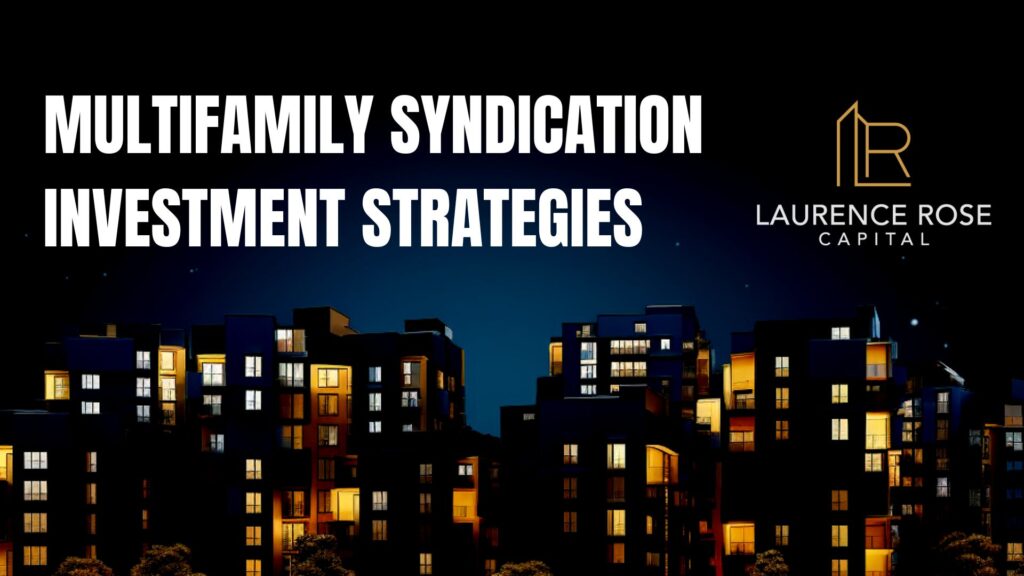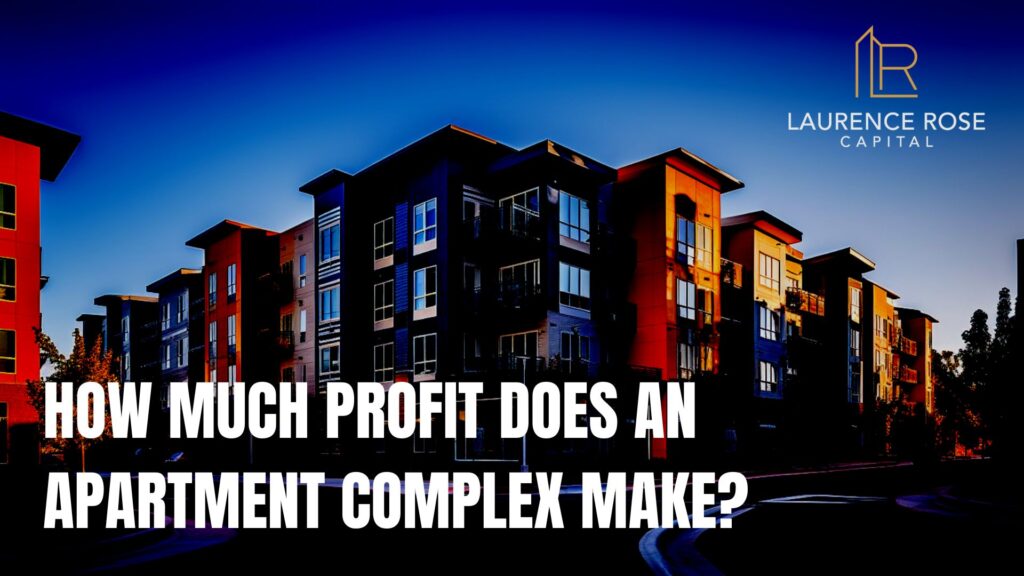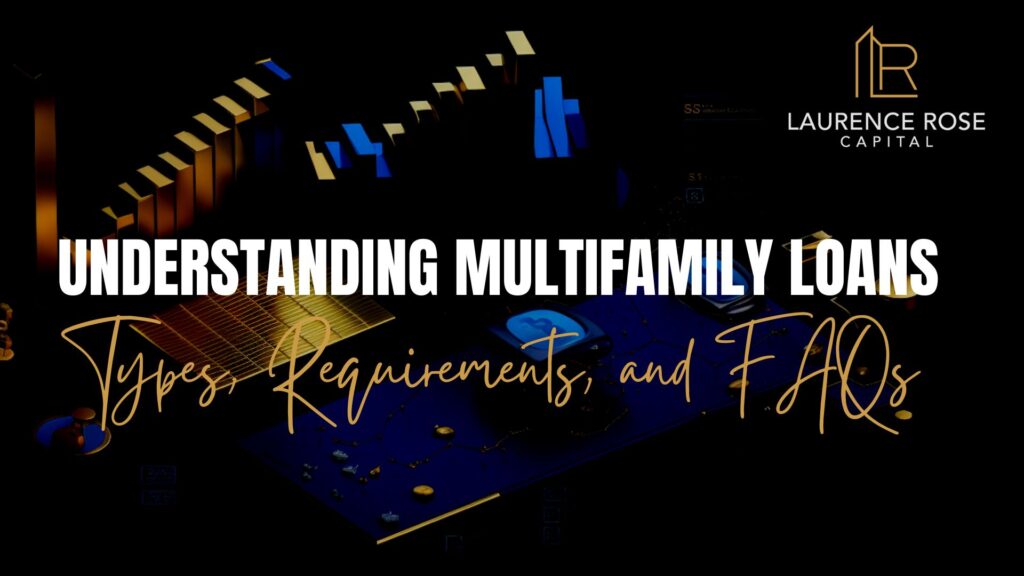Creative financing is a term that encompasses a wide range of innovative and unconventional methods used to secure funding or manage financial resources. In a world where traditional financing options are not always accessible or suitable, creative financing techniques offer individuals and businesses alternatives that can be tailored to their unique circumstances. This article will delve into the concept of creative financing, how it works, provide examples of creative financing methods, and address frequently asked questions about this intriguing approach to managing finances.
What is Creative Financing?
Creative financing, also known as alternative financing, refers to non-traditional methods of securing capital or managing financial resources. Unlike conventional financing avenues, such as bank loans or venture capital, creative financing relies on innovative and flexible strategies that may involve various assets, agreements, or partnerships.
Creative financing can be used by individuals, startups, small businesses, and even larger corporations when traditional financing methods are either inaccessible or insufficient. It allows for customization and adaptability, making it a valuable resource in diverse financial situations.
How Does Creative Financing Work?
Creative financing employs a variety of techniques to address financial needs. Here’s a breakdown of how it typically works:
- Asset-Based Financing: This method involves using physical assets, like real estate or equipment, as collateral to secure a loan or generate capital. Businesses can leverage the value of their assets without selling them.
- Joint Ventures and Partnerships: Collaborative partnerships between businesses or individuals can lead to shared financial resources and risk. Each party contributes resources, whether financial, operational, or intellectual, to achieve mutual goals.
- Crowdfunding: Online platforms like Kickstarter, Indiegogo, and GoFundMe allow individuals or businesses to raise capital by seeking contributions from a large number of people. Backers often receive rewards or equity in exchange for their support.
- Seller Financing: In real estate transactions, the seller can act as the lender, providing a mortgage to the buyer. This allows the buyer to acquire the property without involving a traditional bank.
- Lease Options: Lease options permit tenants to rent a property with the option to buy it at a predetermined price at the end of the lease period. This provides renters with a chance to accumulate funds for a down payment.
- Factoring: Businesses can sell their accounts receivables to a factoring company in exchange for immediate cash. This is a quick way to access working capital.
- Peer-to-Peer Lending: Online platforms connect borrowers with individual lenders, sidestepping traditional banks. Lenders earn returns on their investments, while borrowers access funding at competitive rates.
Examples of Creative Financing
- Sale-Leaseback Agreements: Companies can sell their real estate to investors and then lease the property back. This frees up capital tied in real estate while allowing businesses to continue operations.
- Equity Crowdfunding: Startups can offer equity to a large number of investors through platforms like SeedInvest or Crowdcube. This helps businesses raise funds while building a community of supporters.
- Royalty Financing: In the music and entertainment industry, artists can sell a portion of their future royalties to investors. This provides artists with immediate funding in exchange for a share of their future earnings.
- Convertible Loans: Early-stage startups can attract investors by issuing convertible loans, which can convert into equity when the company reaches a certain valuation.
- Community Development Financial Institutions (CDFIs): These organizations provide financing to underserved communities and businesses, focusing on economic development, job creation, and community improvement.
FAQs About Creative Financing
- Is creative financing risky?
Creative financing methods can involve higher risks than traditional financing, as they often require unconventional collateral or agreements. However, with careful planning and risk assessment, these methods can be managed effectively. - Who can benefit from creative financing?
Creative financing is versatile and can be beneficial for individuals, small businesses, startups, and large corporations. It’s particularly valuable when traditional financing options are limited. - What are the tax implications of creative financing?
Tax implications vary depending on the specific method used and the jurisdiction. Consult with a financial advisor or tax professional to understand the tax consequences of your chosen creative financing approach. - Can creative financing be combined with traditional financing?
Yes, creative financing can often be combined with traditional methods to create hybrid financing solutions. For example, a business may use a bank loan alongside crowdfunding to meet its financial needs. - Are there regulatory considerations in creative financing?
Yes, certain creative financing methods, like equity crowdfunding, may be subject to specific regulations to protect investors. It’s important to be aware of and comply with these regulations to avoid legal issues.
Conclusion
Creative financing provides a plethora of unconventional options for individuals and businesses to meet their financial needs. By embracing innovative strategies, assets, and partnerships, it offers a versatile approach to securing capital and managing resources. While it comes with risks and challenges, creative financing can be a valuable tool when traditional financing avenues fall short or are unavailable. It’s essential to carefully evaluate each method and consider seeking expert advice to make the most of these creative financial opportunities.

![How Does Creative Financing Work In Multifamily Real Estate [Explained]](https://laurencerosecapital.com/wp-content/uploads/2023/10/JG-BMP-Ira-LRC-JB-Blog-Covers-750-×-422px-1920-×-1005px.jpg)




![How Does Creative Financing Work In Multifamily Real Estate [Explained]](https://laurencerosecapital.com/wp-content/uploads/2023/10/JG-BMP-Ira-LRC-JB-Blog-Covers-750-×-422px-1920-×-1005px-1024x576.jpg)
